- JAPANESE
- LANGUAGE
X
 THAT IS GOOD
THAT IS GOOD
Hello, this is Kobayashi. The Chinese New Year, or Spring Festival, is approaching in Singapore. Although there are some restrictions due to the influence of Corona, I think this is the most exciting holiday of the year in Singapore where there are many Chinese Singaporian. The streets are decorated with lights and the stores selling New Year’s decorations are very busy.
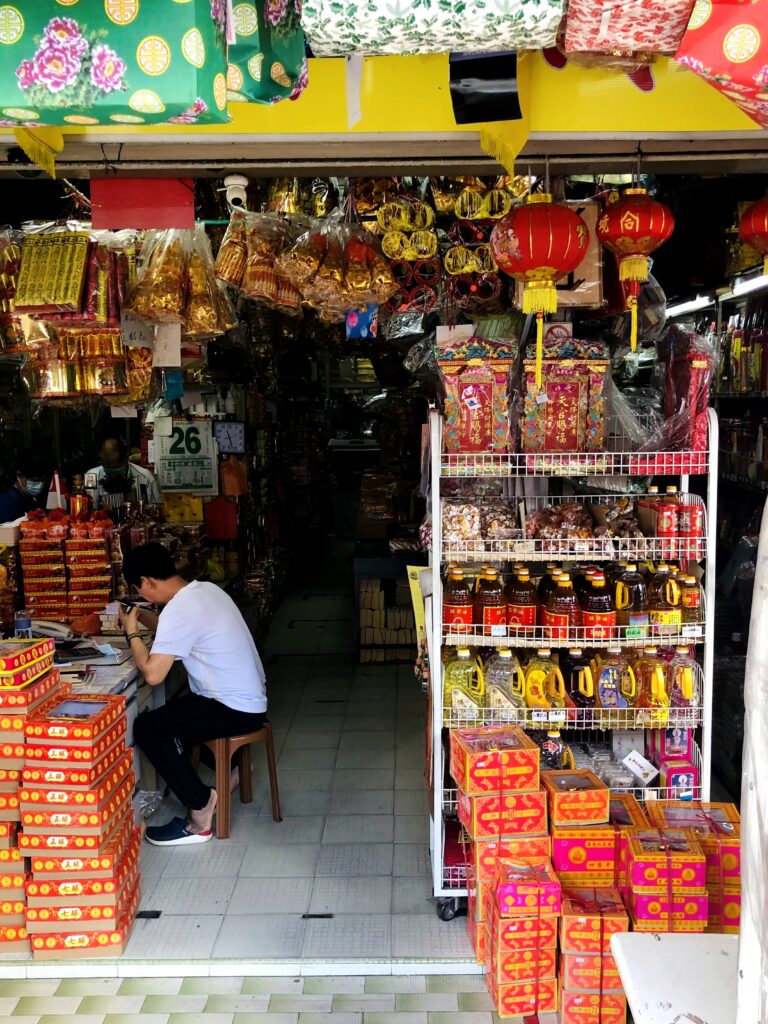
In Singapore, a multicultural country, the major holidays of Christianity, Islam, Hinduism and Buddhism are celebrated as National Holidays. January 1st is New Year’s Day, but it is not as important as it is in Japan. People take one day off and start working the next day. Recently, many stores in Japan are open from New Year’s Day, but in Singapore, it is not solemn because there are no “Sanganichi”(The first three days of the New Year). February is the Chinese New Year, and if it is not Corona, there is a huge migration of Chinese people to visit their relatives. In April, there is Good Friday to commemorate the crucifixion of Jesus Christ, and in May, there is Hari Raya to celebrate the end of the Islamic month of Ramadan. Normally, there would be a festival fair, but last year it was not held due to corona, and probably not this year either (bummer). The Buddha’s birthday is also celebrated in May. I didn’t know this when I was in Japan. In November, there is Deepavali (Festival of Lights), which is the Hindu New Year, and Little India is decorated with lights and a gorgeous atmosphere. Christmas is in December, and little by little, you can learn about each religion. Each festival is based on the lunar, Islamic, or Hindu calendar, so the dates vary slightly from year to year. We usually take the Gregorian calendar for granted (at least I do), but creating a calendar and forcing people to use it is a sign of domination, which means that the main world is still under Western and Christian perspectives and thinking, but it also means that there are different ways of perceiving time, culture and values. Through the calendar and holidays, I was reminded that there are different ways of perceiving time, culture and values.
There are many temples in the city of Singapore.
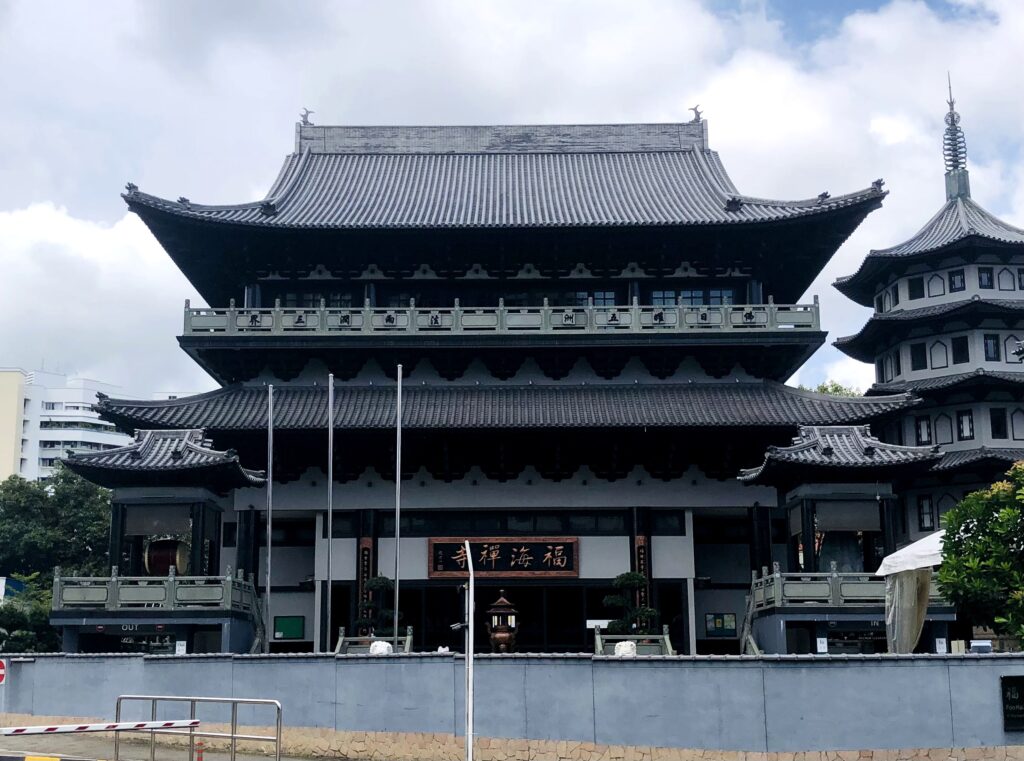
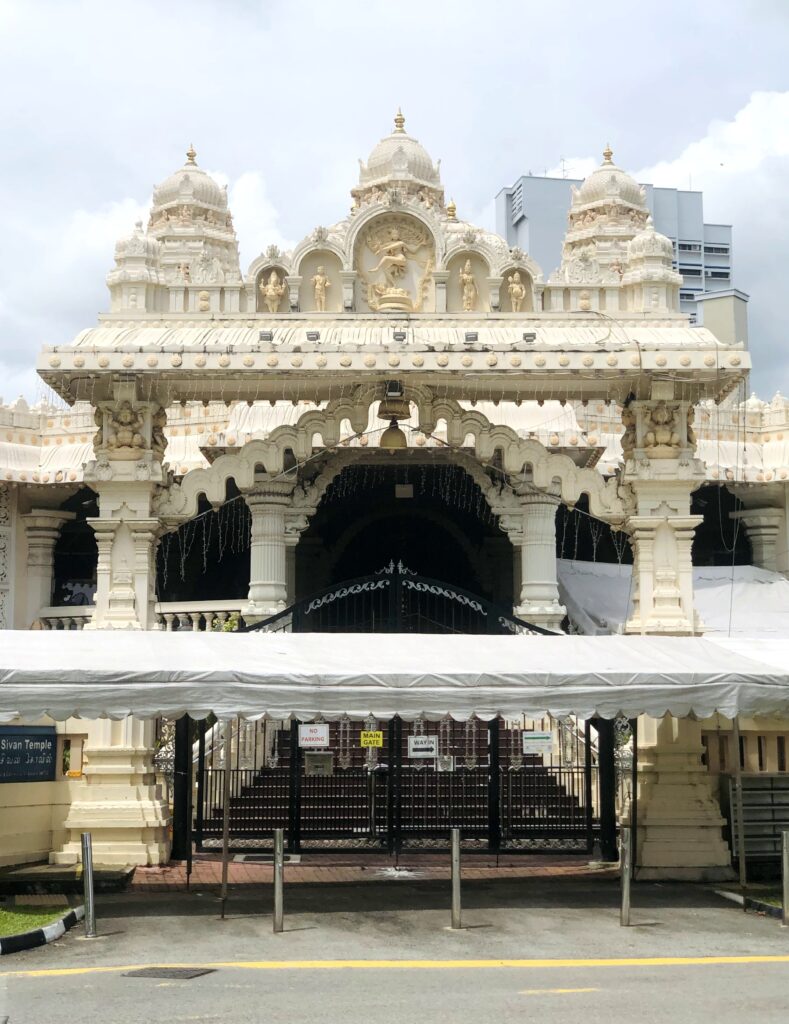
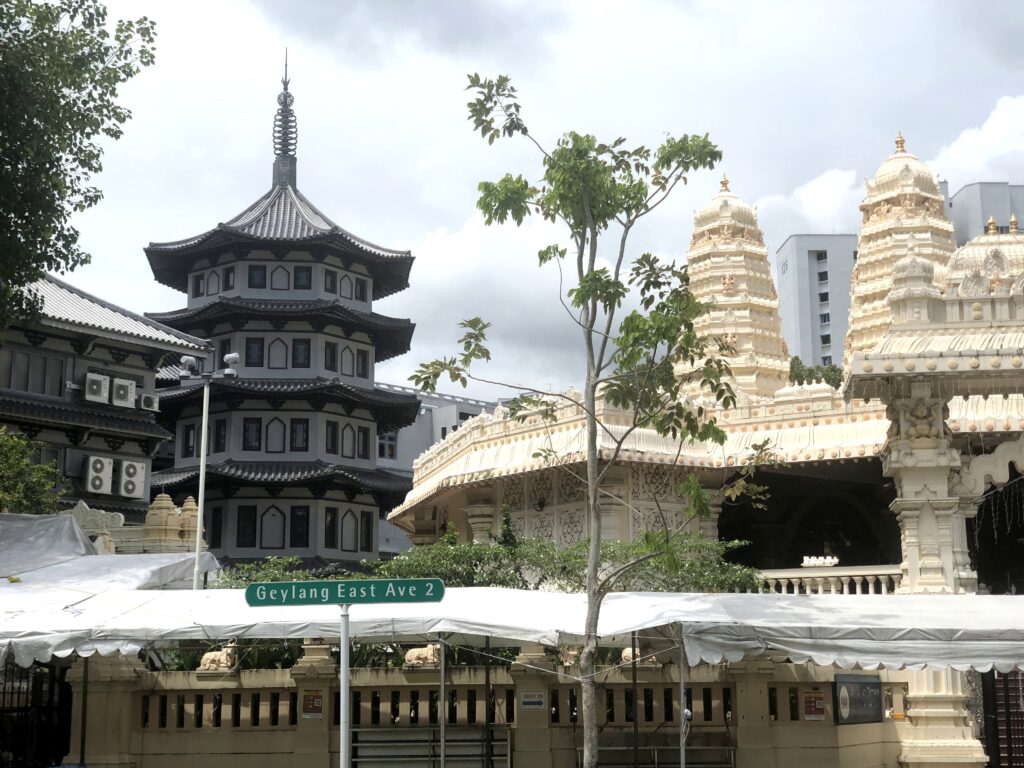
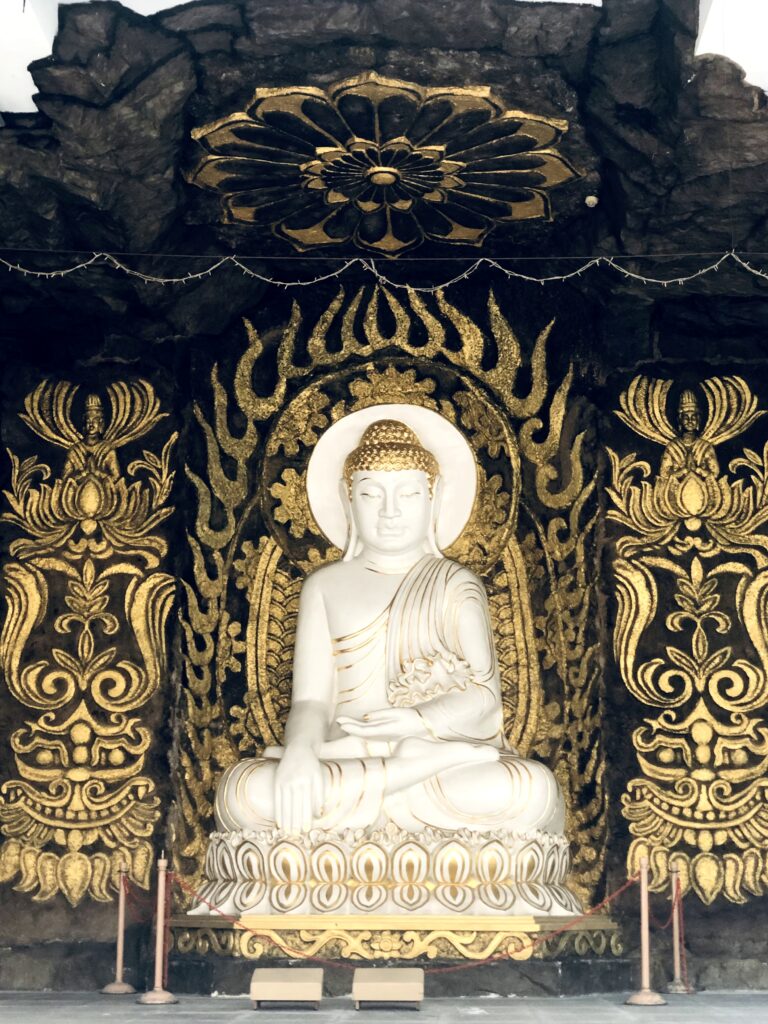
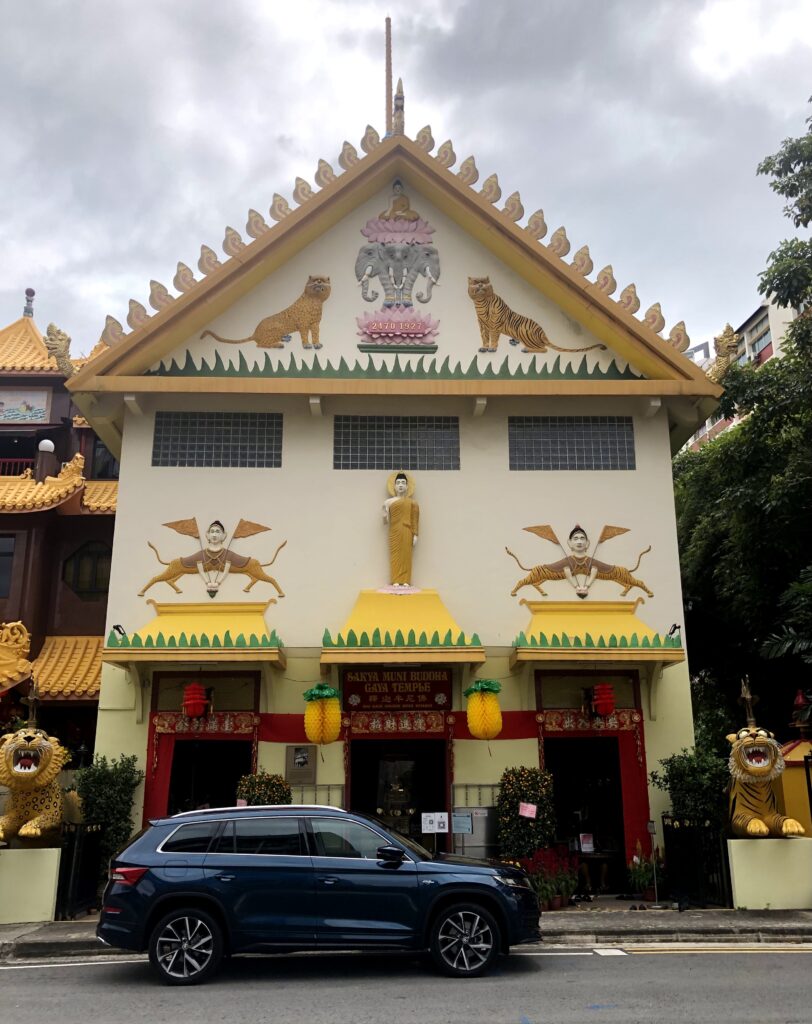
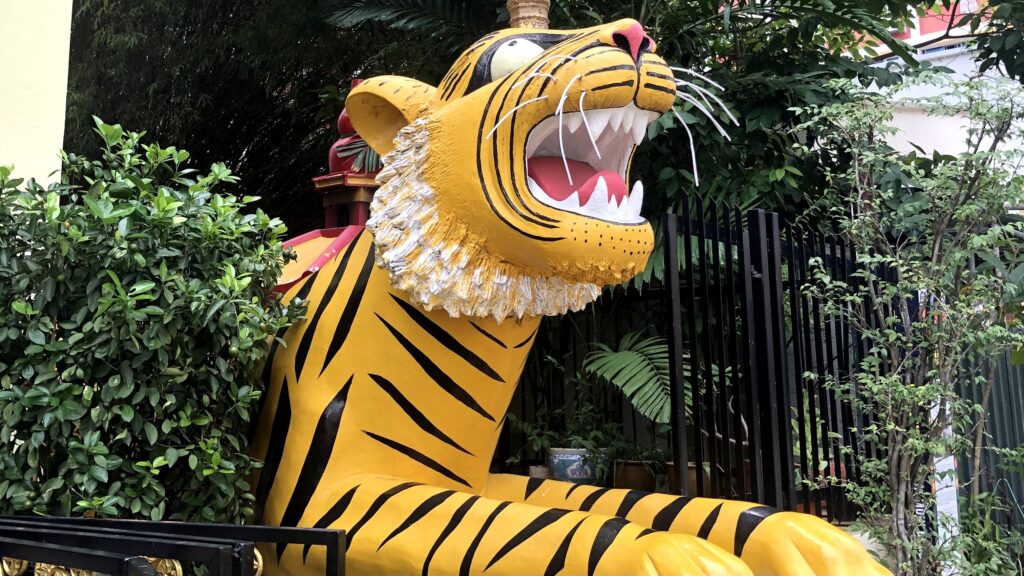
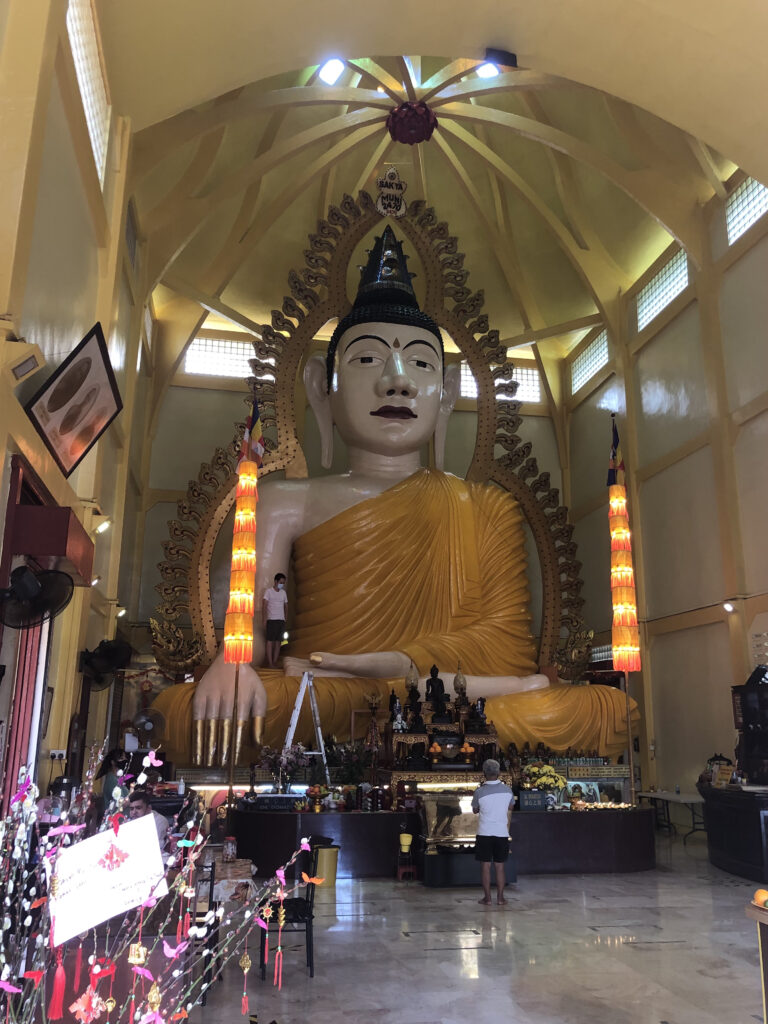
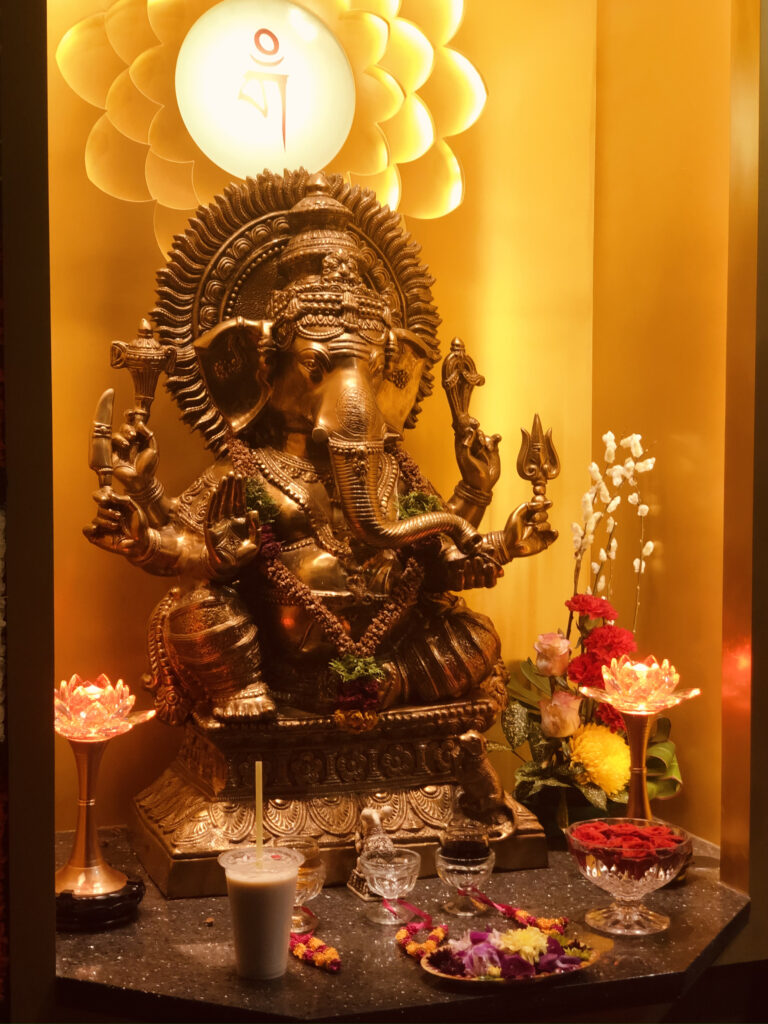
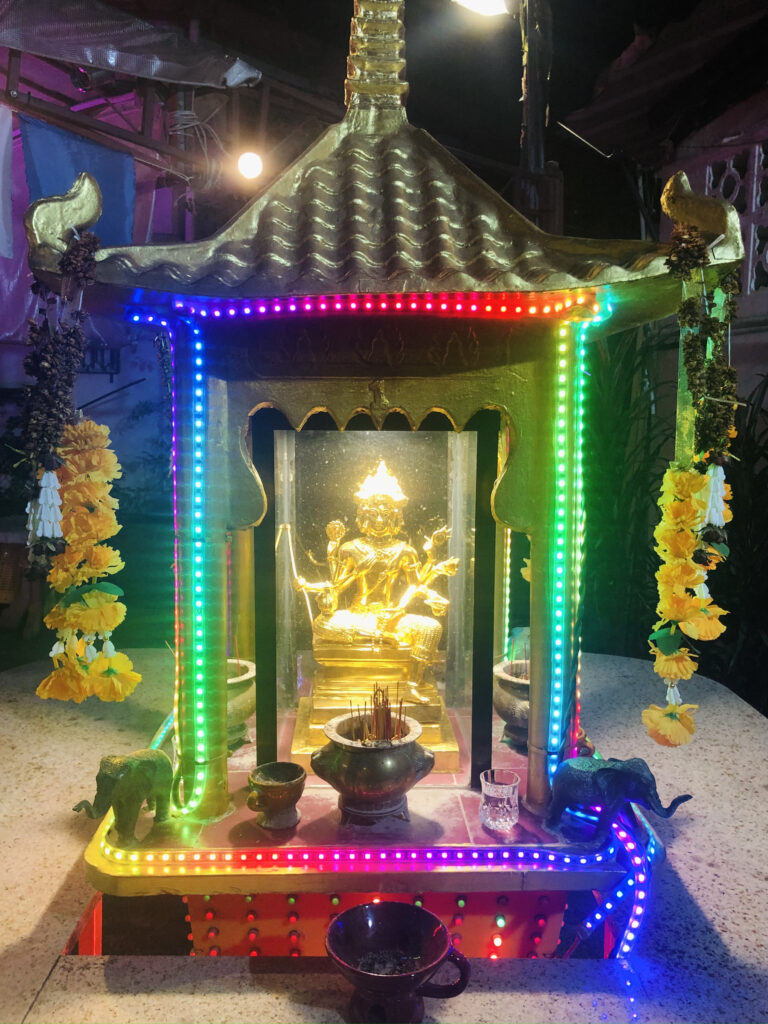
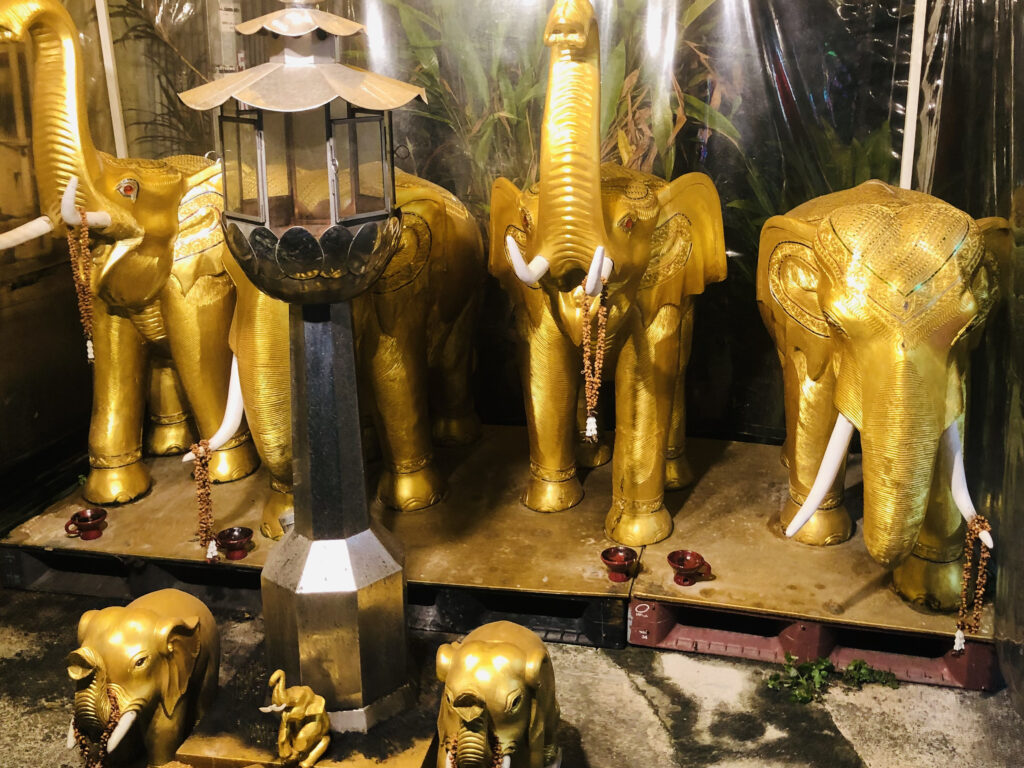
Although religions are different, the act and feeling of praying to a transcendent being is the same regardless of race. I think it is wonderful to see different religions standing side by side, and as far as I know, they are doing so without any conflict in Singapore. I believe in a transcendent being, but I’m not religious at all. I think many Japanese are the same way. We hold funerals in the Buddhist style, visit shrines on New Year’s, and even celebrate Christmas. I think this sense of hodgepodge, or to put it badly, lack of control over the kami(god), is rooted in the sense and concept of “Yaoyorozu no kami” (In Shintoism, it’s believed a god exists for everything.).
Where did the word “Kami” come from in the first place? The Chinese character for “God” is a combination of the Chinese character for “ritual” and the phonetic character “shu,” which indicates rituals and the divine spirits that are the objects of rituals. The word “ritual” smacks of power. As for the sound of “Kami,” the result is that we don’t know for sure. There are various theories, such as [kami=upward, celestial] because God is in the sky? It’s a bit different from the sense that everything has spirituality? The mirror[kagami] is enshrined as a sacred object in shrines and is one of the three sacred treasures of shintoism. When you look into the mirror as a sacred object, you will see that the god is in your reflection. I agree with the way of this thinking, however, mirrors themselves were imported from the continent, so I think the word “kagami” is much newer than the word kami. Personally, I have a fantasy that it comes from the Ainu word “Kamuy“. It is not that the Ainu are direct descendants of Jomon, but it may be that the sound of the word used in the old language to indicate supernatural beings was applied to a concept newly arrived from the continent. Incidentally, the English word “God” is said to have been derived from the Germanic Indo-European word “ghau”, which originally meant “to call”, or “gießen”, meaning “to sprinkle an offering”.
In the Kojiki (Records of Ancient Matters, early Japanese chronicle of myths), there are more than 300 gods. The reason for the existence of so many gods is that there was a base of animism that began in the Paleolithic period and was fostered in the Jomon period, long before that. As the phrase “Yaoyorozu no kami” suggests, in Japan, spirituality is believed to reside in all things. Mountains and giant trees are also used as Shinto shrines, but in other words, they became Shinto shrines because there were giant trees there. I also like giant trees and rock formations very much. When I am confronted with an existence that has existed far longer than my own, I feel the power of the universe and nature, and naturally feel a sense of awe and respect. Japan is blessed with nature, and the four seasons are always changing. I believe that such a rich environment and a keen sense of its changes created the animistic senses that have been the basis of Japanese culture since the Jomon period.
Furthermore, I believe that the idea of animism makes sense as a logical thought. William Blake, one of the most famous poets of British romanticism. Here is a passage from his famous poem, ” Auguries of Innocence”
To see a World in a Grain of Sand
And a Heaven in a Wild Flower
Hold Infinity in the palm of your hand
And Eternity in an hour
A grain of sand is made of the same material that makes up a planet. All matter is the result of the increased density of energy flowing through the universe and adhering to it. Matter always disintegrates over time, but the energy that made it up is never lost, and it continues to circulate through the Earth’s universe. Also, if you look at a grain of sand with an electron microscope, you can see electrons circling around the nucleus, just like a planet orbiting a star. The extreme large and the extreme small are similar, the universe/nature does not create waste, and everything has a fractal design. We can feel the power of nature in a grain of sand or a leaf, and the animistic sense of awe and reverence for it is very convincing, both as a feeling on the skin and from a scientific point of view.
Well, I didn’t get to the point of Japanese subculture this time. Next time, I’ll tell you how Kami’s fall and subculture came to be.
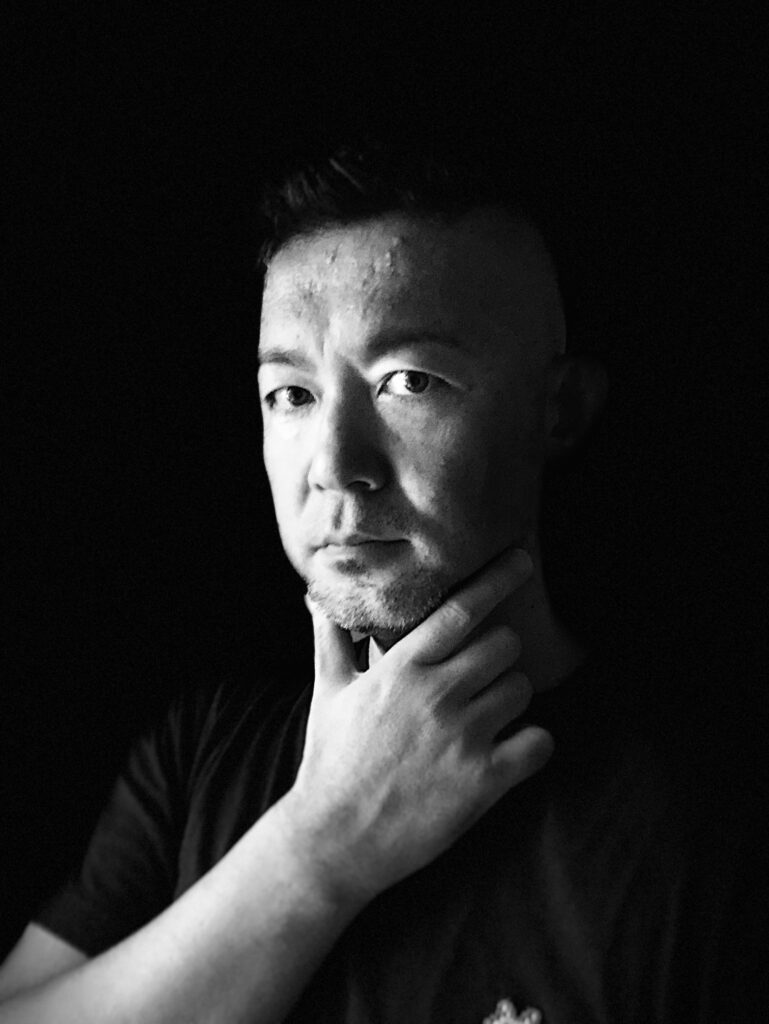
Taketo Kobayashi
Post-digital artist
ARTSTATION Taketo Kobayashi (artstation.com)
Instagram ID @humanoise
After having experience of 3D graphics and animation at Tokyo Institute of Technology creative laboratory, and Gonzo Co., Ltd., Taketo started his own project as an artist. Using digital technology like CG, 3D printing as his “brush”, Taketo creates a wide variety of artworks from 3D printed sculpture to animation. In a collaboration project XSENSE, Taketo utilizes CGI in street art to create murals(Denver, CO, USA), also using his unique style animation for stage design and collaborated with contemporary Noh theatrical group. In addition to creating his own artworks, Taketo curates the group art show “ARTs of JOMON” hosted by Japanese non-profit JOMONISM, keep introducing contemporary artists/artworks influenced by ancient Japanese Jomon culture.(Aomori Museum of Art / Spiral Garden / Denver International Airport / Kuala Lumpur)
It is Taketo’s mission to make invisible things, emotions, energy, next dimensions of consciousness into “shapes”.
Project/Art history(excerpt)
PROJECTS Digital G-O-D, UltraSuperNew gallery, Singapore, Jan 2020
Haw Par Villa RE•MIX
Chinese Cultural Centre, Singapore , Jan 2020
”Light to Night Festival” Projection mapping at Asian Civilization Museum, Singapore , Jan 2020
A SIGN OF THE TIMES EXHIBITION, Singapore , Jan 2019
”ARTs of JOMON” exhibit @ISETAN KL, Malaysia , Aug 2017, curation&direction
“Colorado Crush”, a mural festival in Denver, CO. Sept 2016, created artwork
“DMS” Collaboration with Canon June 2015, created&exhibited 3D printed prosthetic leg
”Oakley Exhibition” Exhibited artworks at Oakley store Harajuku, Tokyo, Oct 2014
AWARDS “Eisen Herz” Ufab Global Creative award Finalist. 2016. 3D printed cover for “Tamiya mini 4WD” using generative design
“More Than Human type-Unicorn” a 3D printed prosthetic leg. Ufab Global Creative award Finalist. 2015
“SC1-EXP” Zushi International Projection Mapping Competition, Grand Prix. 2014
“Yakushi-Nyorai”(2013)
3DCG model for 3D printing. Winning work at Digital modeling competition held by Japan Society for Graphic Science
Original CG animation ‘Matsuri’(May 2010)
Design, modeling, production coordination. A CG animation based on Japanese ‘Jomon’ culture. Created for promotion of Aomori Prefecture. Accepted at Siggraph Asia 2010. (On VIMEO: https://vimeo.com/25144961)